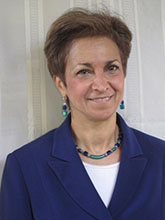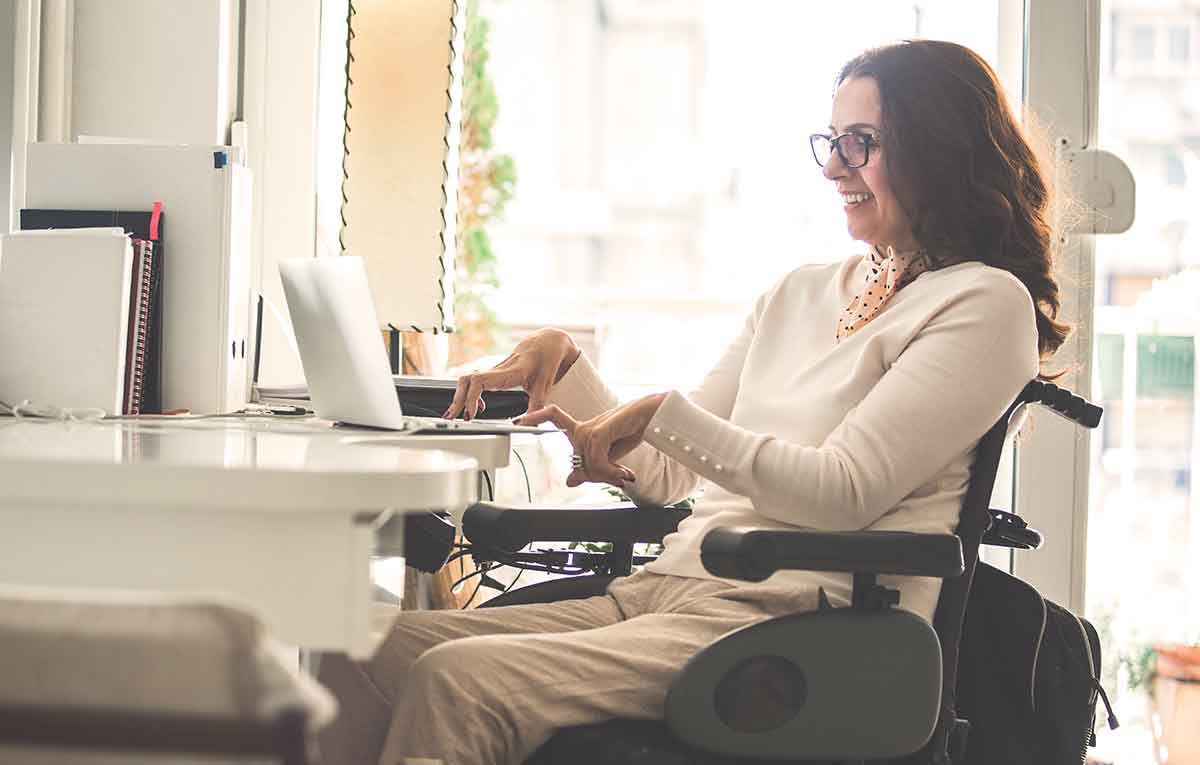Technology, A Partner in Psychology
Webcams, smartphones, laptops, tablets, computers and the world-wide-web: How do all of these relate to psychology? Psychologists study the connections between behaviors, moods, and thoughts, in order to help make positive changes in people’s lives. Media Psychology focuses on “identifying potential benefits and negative consequences of all forms of technology” while promoting and developing positive media uses and applications. Incorporating technology into what we have learned from media and clinical psychology increases potential benefits to those who receive services from psychologists.
Although there are numerous ways to integrate clinical care with technology, I will highlight two that are particularly promising:
Telepsychology via video-conferencing, and;
Technology-assisted exposure therapy for anxiety disorders.
Telepsychology
Telepsychology is defined as the delivery of psychological services through electronic media. One specific type of telepsychology is video conferencing (VC). The use of privacy-secured and encrypted VC software offers a way to reach more people who seek consultation or treatment.
For example, a parenting session may be scheduled with both parents even if one is unable to make it to the office. Perhaps one parent unexpectedly cannot get away from work, which is located an hour from the psychologist’s office. What to do? Solution: Employ telecommunication technology, or telepsychology, and have that parent use VC to join the meeting that you and the other parent are having in-person. New modern systems can be used with a webcam and a PC, MAC, tablet, or even a mobile smartphone.
In another case, suppose an individual receiving therapy regularly incurs a physical injury that prevents him from coming in to the therapy office. Connect via VC to provide important continuity of mental health care. Another situation might involve a case in which the therapist requires an interpreter for hearing or language purposes. VC can be used to bring that person (or any other third party needed to facilitate treatment) into the session.
Even if you live hours away from a treatment center or have a disability that prevents you from traveling, receiving mental health services can be a feasible reality with the aid of technology. Inquire as to whether there exist online (and HIPAA secured) possibilities. At the present time, the psychologist needs to be licensed in the state where both s/he and the client are located.
Harnessing VC for therapy does not always imply that one party must be in a remote location. Parent Child Interaction Therapy (PCIT), in addition to other parent coaching strategies, may also be facilitated through video conferencing. PCIT was first developed using two rooms, partitioned by a one-way mirror, and a pair of headsets. The clinician is in one room while the parent and child are in the other. The clinician coaches and provides feedback to the parent through the headset. However, many psychology offices do not have rooms with one-way mirrors. A practical solution might be to carry out the procedure using a computer equipped with webcams in the separate offices, and providing the parent with a Bluetooth earbud to communicate with the clinician.
The benefit of providing real-time training to parents is that it enables them to employ correct skills and practice as they interact with their child. This method is more likely to translate into improved interaction outside the office setting. In addition, with the agreement of all parties, these sessions can be recorded and reviewed afterwards for further learning opportunities. In sum, VC has great potential to enhance the effectiveness of psychological treatment with regard to convenience, time/cost reductions, and the ability to access services.
Technology-assisted Exposure Therapy
Another exciting integration of clinical care with technology is seen in exposure therapy for anxiety disorders. Exposure therapy is a research based cognitive behavioral therapy (CBT) technique used to help people gradually face their fears and anxieties. It is not easy to face these anxieties head on; indeed, the most common response to something that provokes anxiety is to avoid it.
To combat this, gradual experiences are set up to overcome each step in the fear “hierarchy.” Incorporating technology into exposure therapy provides more options for treatment, as many situations are not easily duplicated in the office (e.g., an airplane environment, height). Children, and teens especially, may become more engaged in the treatment process by helping to direct and select exposure experiences via technology. Using the Internet to find pictures, videos, or movies that mimic the feared situation (e.g., scenes of needle injections, or speaking in front of a group) or sound tracks (e.g., thunder, vomiting, crowds cheering) help kids become more vested in the process.
In addition to exposure therapy, CBT includes developing coping strategies—another aspect of treatment that can be facilitated by technology. For example, recordings of cognitive techniques (e.g., initiating “positive self-talk” or challenging catastrophic thinking), or relaxation strategies (e.g., calm breathing, progressive muscle relaxation, visualization) can be downloaded to a computer, ipod, or smartphone, and used to guide individuals through these processes outside of the therapy office.
As technology continues to advance it paves the way for exciting new ways to incorporate technology into clinical settings. Telepsychology via video-conferencing, and technology-assisted exposure therapy, illustrate only some of the many ways in which technology can be a great partner with psychology. The efficiency, availability, and cost-effectiveness of mental health services are all likely to be improved through the synthesis of technology and psychology.
References
Relaxation and Self- Regulation Techniques for Children and Teens.
The following link is for a digital version of an adult CD, called Relaxation and Wellness Techniques: Mastering the Mind-Body Connection
For i-tunes: To download either CD digitally: https://itunes.apple.com/us/artist/mary-karapetian-alvord/id464407076

